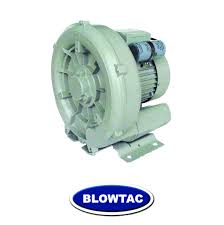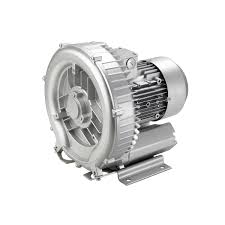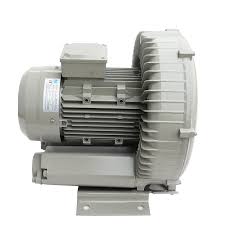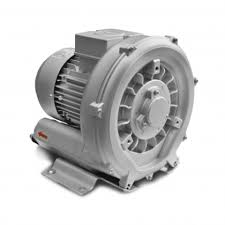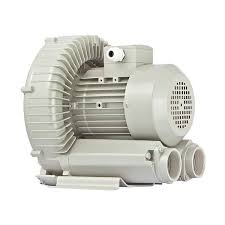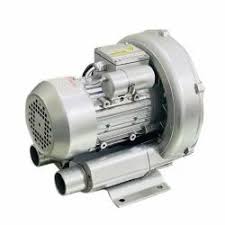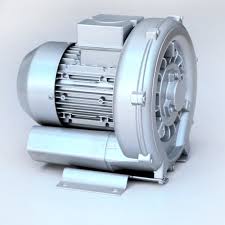What is the function of the blower?
A blower is a mechanical device that increases the velocity of air or gas, using impellers to move it from one place to another. Its primary function is to generate airflow for various purposes, including ventilation, cooling, conveying, exhausting, and even in applications like wastewater treatment. Essentially, blowers are used when a moderate pressure is needed to move air or gas, falling between the requirements of a fan and a compressor.
Here’s a more detailed breakdown:
-
Generating Airflow:Blowers use rotating impellers to increase the velocity of air or gas, creating a flow of air.
-
Pressure Generation:Unlike fans, blowers can generate a higher pressure, making them suitable for applications where more force is needed to move air.
-
Applications:Blowers are used in various industries and settings, including:
- HVAC Systems: To circulate air for heating, ventilation, and air conditioning.
- Industrial Processes: For drying, dust collection, pneumatic conveying, and more.
- Wastewater Treatment: To provide oxygen for microorganisms that break down waste.
- Cooling and Ventilation: To circulate air for cooling purposes or to remove stale air.
- Material Handling: To move materials through a system.
- HVAC Systems: To circulate air for heating, ventilation, and air conditioning.
-
Types of Blowers:Blowers can be classified as centrifugal, axial, or positive displacement, each with its own design and characteristics.
How does a blower work on a car?
What is the function of the blower?
What does The Blower’s Daughter Mean?
Who makes the strongest backpack blower?
What is the best handheld blower?
